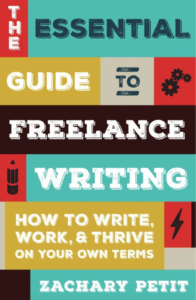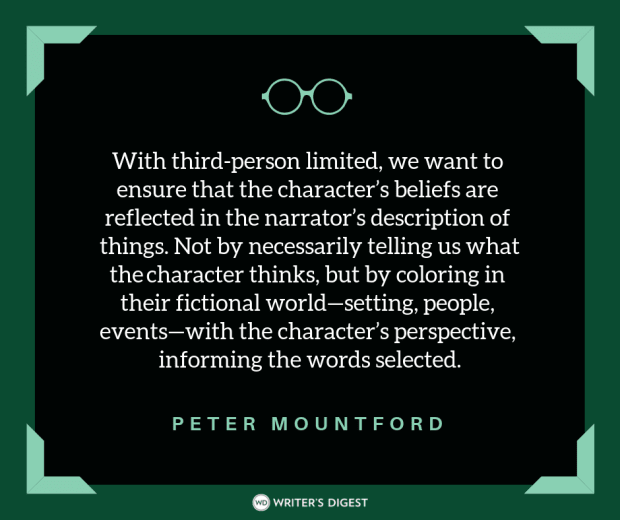Tips for Writing and Selling Short Stories
“We are generally taught to build our stories with more words,” “100 Word Story” co-founder Grant Faulkner points out in the May/June 2015 Writer’s Digest article on writing flash, the…
“We are generally taught to build our stories with more words,” “100 Word Story” co-founder Grant Faulkner points out in the May/June 2015 Writer’s Digest article on writing flash, the shortest of short fiction. And he’s right. When studying the fiction writer’s craft, so much emphasis is on developing characters with more layers, plots with more complexity, scenes with more tension and subtext. More, more, more.
Meanwhile, today’s readers are increasingly drawn to written works that take up less space and less time—but deliver no less entertainment value. Short stories and novellas are finding a resurgence in an era where more reading is done in shorter installments, on the go, and on the smaller screens of smartphones, e-readers and tablets. And readers no longer need to rely on literary journals or fiction collections in order to gain access to shorts—stand-alone singles are available via online retailers, often for $.99 or even for free.
If that long/short writer/reader contrast finds you suddenly inspired to take a break from slaving over your novel manuscript to write something shorter, you’re far from alone.
There is a catch, though. Short stories might seem simpler and easier to write, but try your hand at one and you’re likely to find that those ingrained lessons of more, more, more can be hard habits to break.
So: How to write stories that are simultaneously evocative and economical?
May is National Short Story Month, and in preparation, the May/June 2015 Writer’s Digest features a series of in-depth articles on writing and selling short fiction of all stripes. In Faulkner’s aforementioned piece, you’ll learn how to shape a cohesive plot and nuanced characters around a pivotal moment or single incident—in 1,000 words or fewer. Contributing editor Elizabeth Sims shows you 15 fast “hacks” for bringing the people of your stories to life on the page in sure, steady brushstrokes. And author-of-many-trades James Scott Bell introduces you to the world of self-publishing shorts—and shows how savvy authors are using this approach to attract new readers, promote book-length works, and build their careers.
To top it off, we’re doubly excited that this issue delivers a triple dose of our Your Story column, where we hope you’ll agree there’s a lot we can learn from seeing how three different writers crafted three very different (but equally successful) short stories from the same open-ended prompt.
It just goes to show that a short bit of inspiration can take you a long way.
The May/June 2015 Writer’s Digest is available now! Find it on a newsstand or at a library near you, order a copy from the Writer’s Digest Shop, or download it instantly right now.
Jessica Strawser
Editor, Writer’s Digest Magazine
Follow me on Twitter: @jessicastrawser
Like what you read from WD online? Subscribe today, so you’ll never miss an issue in print!
Jessica Strawser is editor-at-large for Writer's Digest and former editor-in-chief. She's also the author of several novels, including Not That I Could Tell and Almost Missed You.








